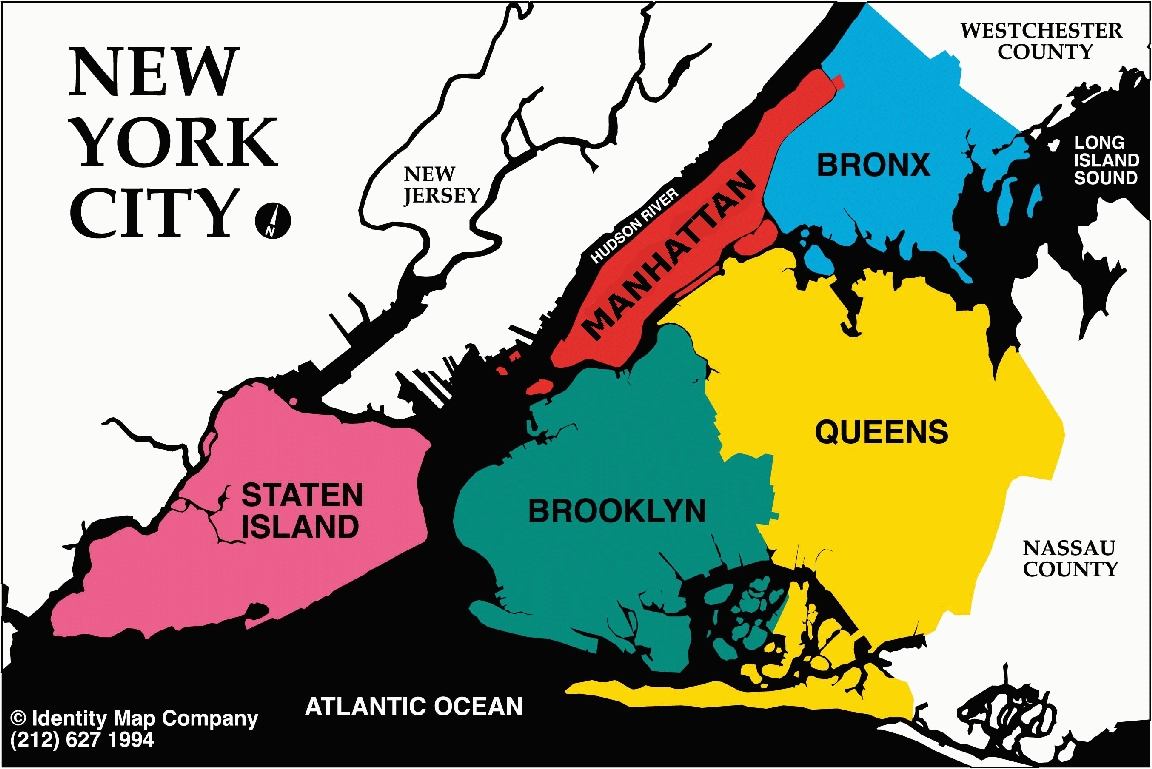There exist several ways to split a city in meaningful ways. Blocks, districts, boroughs,...
But in New York City, it's interesting to consider
Neighborhood Tabulation Areas (formerly
"Neighborhood Projection Areas"), or simply NTAs.
According to
NYC official
website:
[NTAs] were created to project populations at a small area level, from 2000 to 2030 for PlaNYC, the
long-term sustainability plan for New York City. Since population size affects the error associated with
population projections, these geographic units needed to have a minimum population, which we determined
to
be 15,000. This criterion resulted in combinations of neighborhoods that probably would not occur if one
were solely designating boundaries of historical neighborhoods.
It becomes interesting to compare NTAs between them with an innovative criterion: the number of requests
made concerning each of them. With that, and because they have a relatively similar count of inhabitants,
we are able to "rank" them according to certain criterions. With that, we could help recommend arriving
citizens some favorable places according to their preferences: if noise is a real problem for them, we would
recommend them
not to settle in a place with many requests linked to noise. We have access to the population data of the
NTAs (2010 census), which will allow us to construct a better ranking scheme that normalizes the number of
complaints by the population size of the NTA.
Analysis
A naive ranking would only look at the number of complaints per NTA. Since we have access to population
sizes, a more sensible ranking scheme takes into account the population size of an NTA.
One NTA really stands out, both in terms of total complaints and complaints per capita:
Rikers Island.
This example highlights the fact that no ranking is perfect and should therefore be taken with a grain of
salt, we would not recommend moving to that island as it is a 1.67 km2 island in the East River between
Queens and the Bronx that is home to New York City's main jail complex.
Interesting fact about
Stuyvesant Town-Cooper Village and
Starrett City: both NTAs have their
own public safety forces, which might explain why they have so few complaints per capita. In fact,
Starrett City had
one of the city's lowest crime rates, mainly because of the existence of the security force. This private
security force has been used as a case study in the advantages of private security over public policing.
Finally, while a general rankinkg that looks at all types of complaints certainly is helpful, people have different
preferences when it comes to choosing a place to live. For instance one might not care about the fact that there are
frequently problems with the infractructure of a neighborhood (brooken streetlight, graffitis on the walls, but be
very sensitive to noise. This is why we now take a closer look at a selection of NTAs, that already have the lowest
number of complaints per capita, but distinguish between different Complaint Categegory Classes (CTCs), to see how
the NTAs perform in each category, with respect to the city-wide average.







